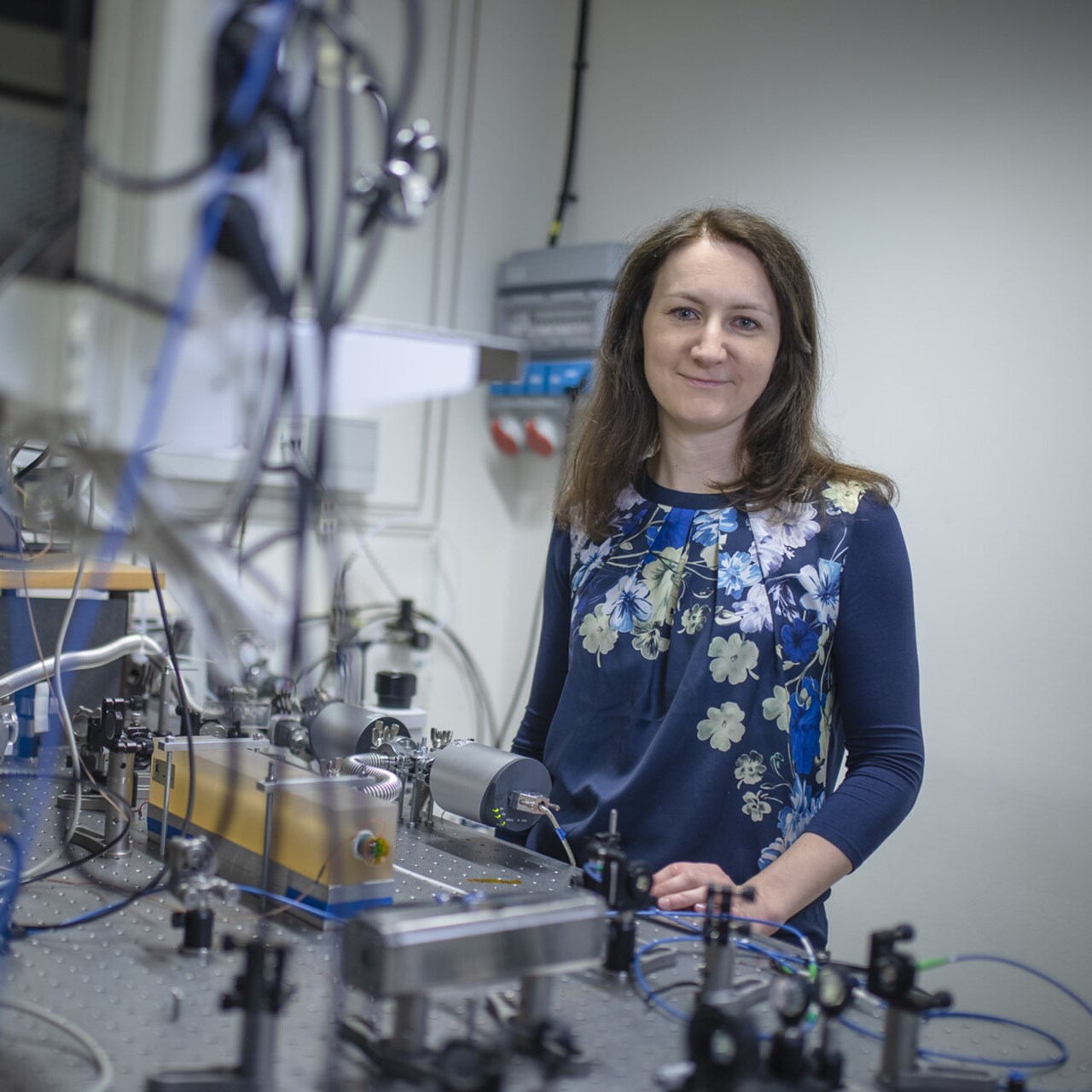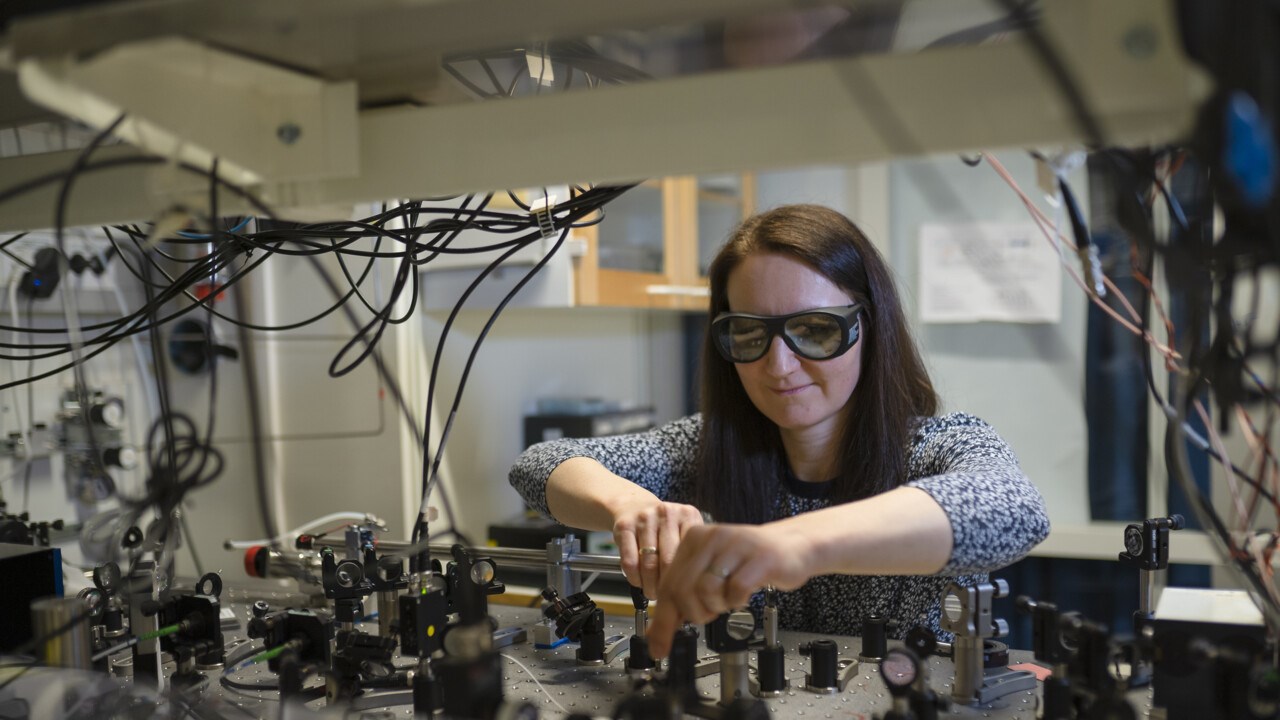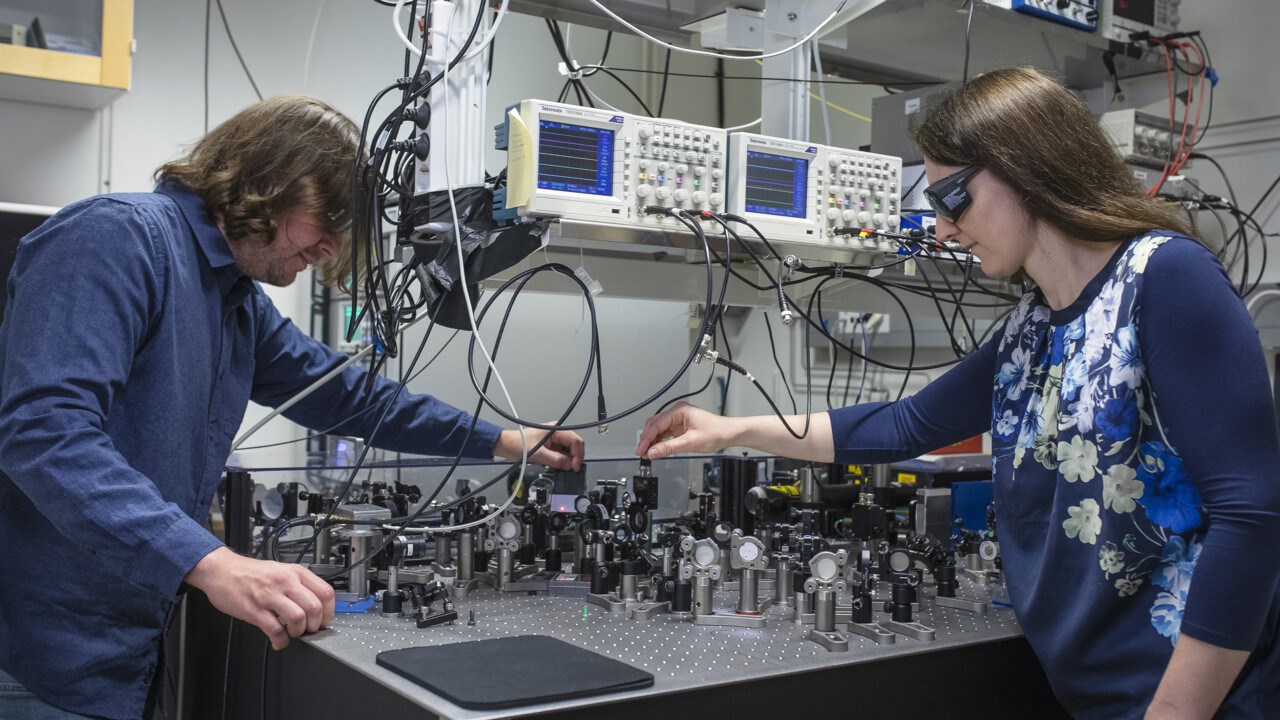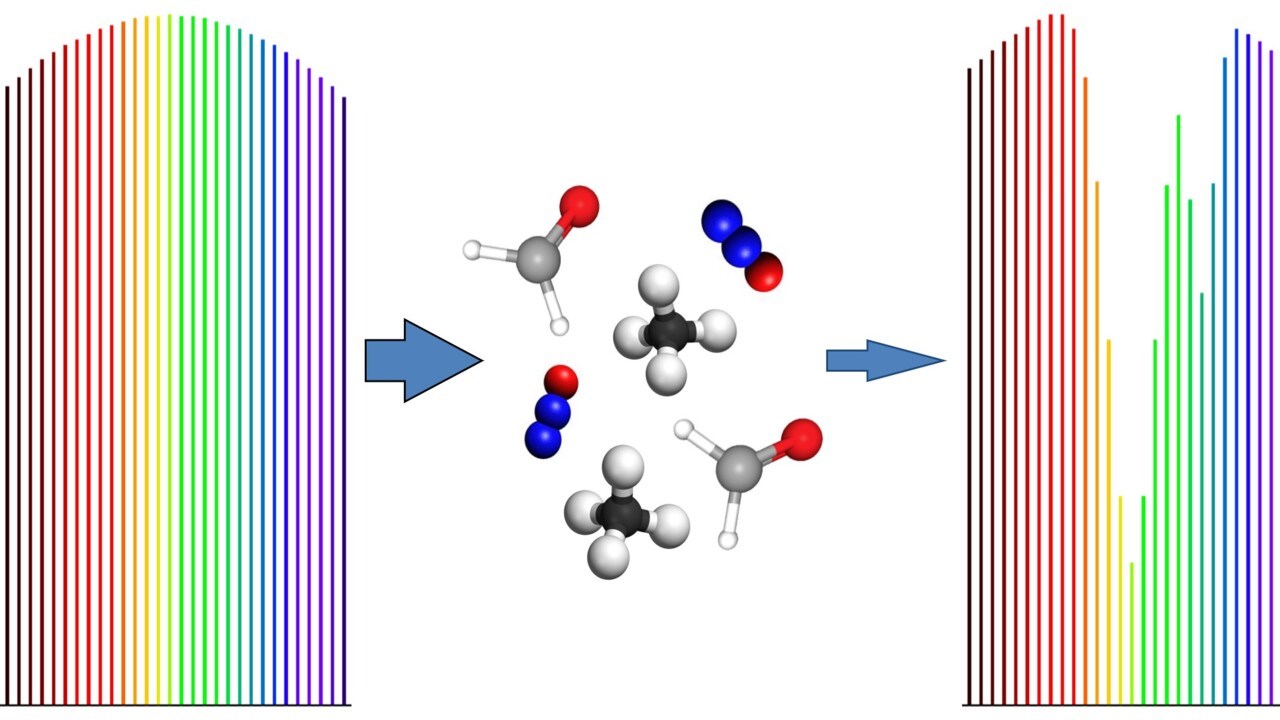
“I was often the only female physicist among the men”
PROFILE As a young woman in Poland, Aleksandra Foltynowicz broke the norms when she followed her passion for technology and decided to become a physicist. Today, she is a respected scientist working at the forefront of laser spectroscopy development, helping us explore the secrets of molecules.





